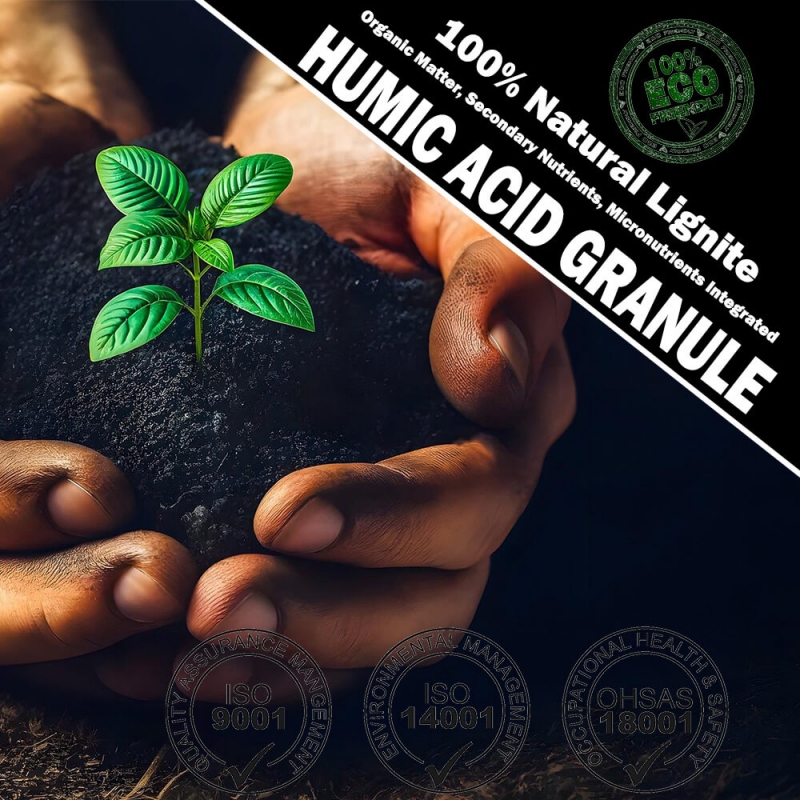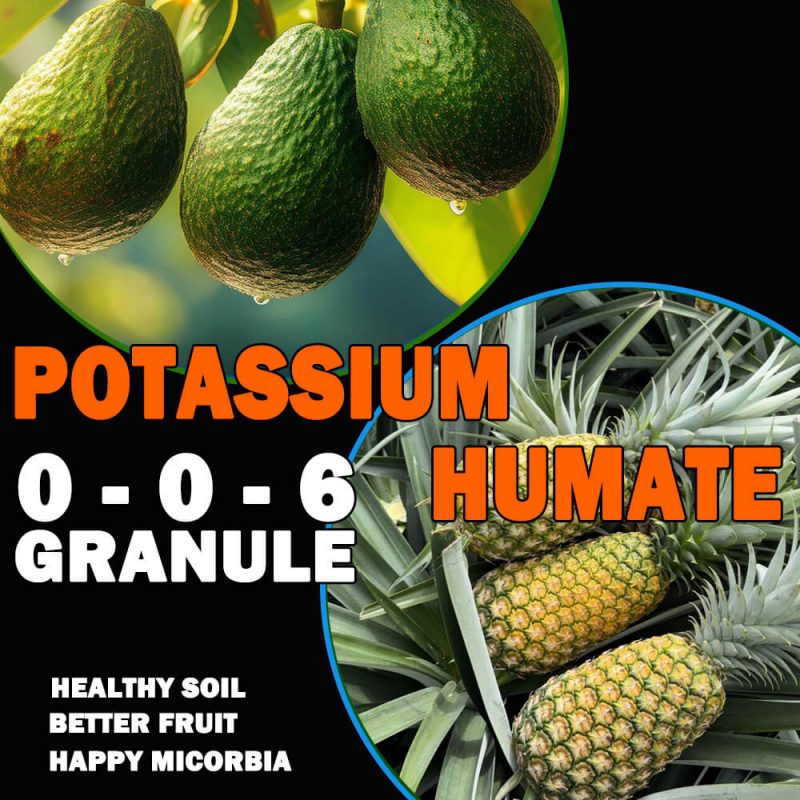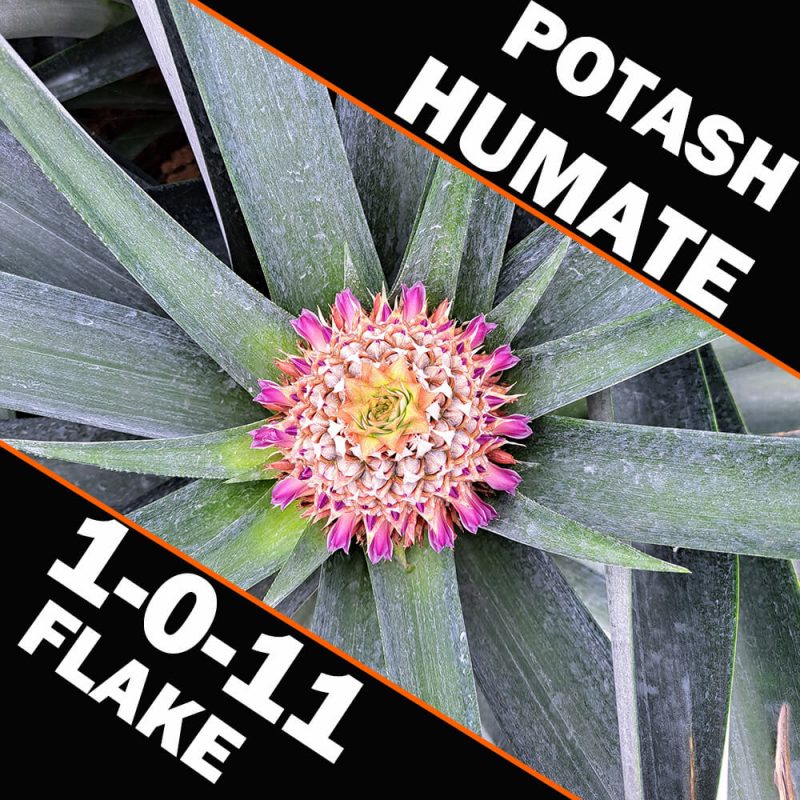table of contents
Soil health is the cornerstone of all farmers’ work. Just like a house needs a solid foundation, suitable soil is crucial for plant growth. Healthy soil contains minerals, plant-derived organic matter, nutrients, gases, and an interacting network of species, which is composed of bacteria, fungi, and other microorganisms. The fungi or microorganisms present in the soil are called mycorrhizae. These fungi form a symbiotic relationship with plant roots; in return for food exchange, they help plants absorb nutrients from the soil and protect them from certain stresses. However, due to continuous farming practices, soil health can be affected and deteriorate. For example, soil compaction, heavy clay formation, salinization, etc. External intervention is needed to improve soil nutrients. Humic acid is now widely recognized as a powerful tool for improving soil health and increasing crop yields. We will help you to know and effectively utilize this powerful tool, humic acid.
Before using humic acid organic fertilizer, let’s have a comprehensive understanding of humic acid.
What Is Humic Acid?
Humic acid (HA) is a high-molecular-weight biopolymer that is usually derived from organic humic compounds in soil, peat and humus, natural water bodies, and low-rank coal. It is a natural organic acid extracted from humus.
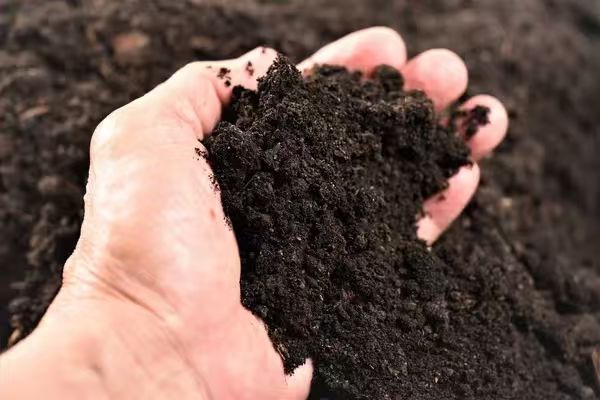
Humus is formed from the long-term decomposition, transformation, and resynthesis(humication) of plant and animals remains by microorganisms. It is a complex, high-molecular-weight organic compound. Bactiria ,fungi and soil animals are the main subjects in this process. And then will be decomposed into simple organic acids, amino acids, sugars, and other small molecules. Then these will go a further reactions, repolymerizing and condensing to gradually form humus, which is the source of humic acid. The formation of humus requires a long time, typically several to several decades of natural decomposition and resynthesis, thus it is considered the most stable and fertile form of organic matter in soil. Lignite and weathered coal are the main industrial raw materials for humic acid (HA) because they are rich in extractable humic substances.
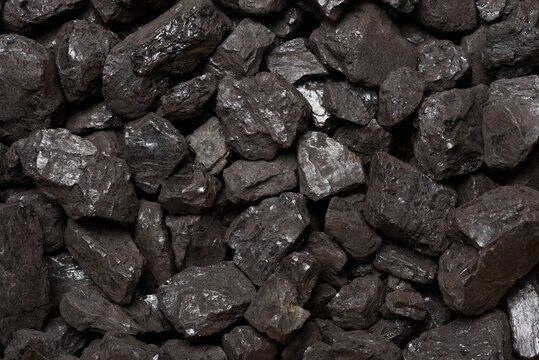

Lignite, a low-rank coal, is an ideal and high-quality raw material for the source of humic acid for containing abundant humic substances. Humic acid also can be extracted from weathered coal, and it shows excellent quality indicators, such as a higher content of acidic groups. These groups can be translated into better biological activity, which promotes plant growth. In a word, both lignite and weathered coal can be the raw materials of humic acid for their low degree of coalification and abundant humic matter. So many manufacturers extract humic acid from these two coals. And many times, humic acid productions are in black color. Humic acid promotes soil particle aggregation, forming a granular structure that makes the soil looser and more aerated, while also enhancing water retention. This is like “recharging” the soil to enhance its vitality.
Benefits of Humic Acid for Plants
Humic acid acts as a “nutritional supplement” for plants and soil. It helps crop roots get nutrients and absorb water more effectively from the soil, improves the soil structure, and promotes the growth of beneficial microorganisms. Over time, plant roots become stronger, leaves become greener, and plants are better able to resist adversity such as drought or salinity. Humic acid cannot replace fertilizer, but it can help plants utilize the nutrients already present in the soil more effectively. In short, humic acid promotes soil health and stable plant growth in a gentle and lasting way.
For crops, humic acid is a natural chelating agent. It can bind mineral nutrients such as calcium, magnesium, iron, and zinc through its active functional groups. By forming organic-mineral composite substances, humic acid transforms these nutrients from free ionic forms that are easily precipitated, fixed, or lost in the soil into active forms, which can be absorbed more easily and utilized by plants.
Humic Acid Chelates Nutrients to Enhance Root Absorption
The humic acid chelation process improves nutrient utilization in several ways. First, humic acid can chelate some metal elements from soil; the resulting complexes have high solubility, reducing nutrients from reacting with soil components and becoming fixed. Second, they show greater fluidity in the soil solution, which helps more efficient transport to the root zone, and plants can get more nutrients during growth. Third, chelation reduces the chance of nutrient leaching, ensuring a precise supply of essential minerals. Because these humic acid-bound nutrients are more stable and bioavailable, plant roots can absorb them with greater efficiency and lower metabolic costs. This enhanced nutrient absorption helps improve root development, increases plant physiological activity, and ultimately promotes crop growth and yield.
Improves Soil Structure and Aeration
Continuous cultivation and planting on the same land year after year can negatively impact soil texture and structure. Frequent tilling disrupts soil structure, causing it to lose its stable aggregate structure and become easily eroded, turning it into sandy soil. Excessive tilling, deep plowing, improper application of fertilizers, or salt accumulation can also lead to a loss of stable soil aggregate structure, resulting in heavy, poorly aerated soil. This is a common problem encountered by many growers. Are there any ways to improve soil structure? Let the soil return to a healthy state suitable for plant growth.
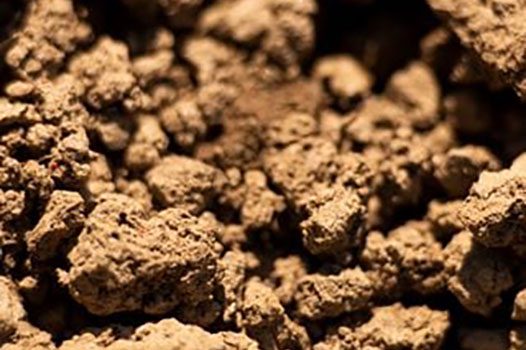
Clay Soil
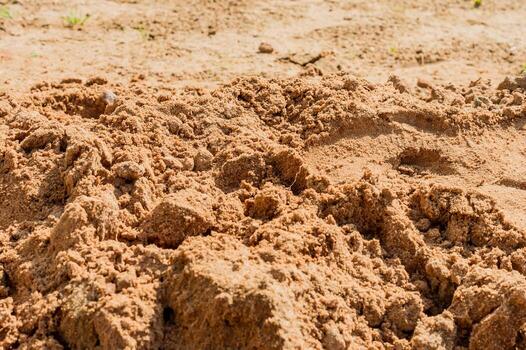
Sandy Soil
The answer is to apply humic acid, which has a positive effect on the texture and structure of degraded soils.
| Source of HA | Soil texture | Function on soil properties | Type of experiment | Duration of experiment | References |
|---|---|---|---|---|---|
| Bentonite | Degraded sandy soil | Increased macro aggregate stability and WHO | Field | 7 years | Zhou et al., 2019 |
| Potassium humate | Loam | Increased aggregate stability | Laboratory | 24 h | Imbufe et al., 2005 |
| Raw oxidized coal | Silty-clay loam, silt loam and loam | Increased structure stability | Laboratory | 24 h | Piccolo et al., 1997 |
| Commercially-produced liquid HA | Sandy-silt loam | No effect on texture and structure | Field | 5 years | Albiach et al., 2001 |
| Coal | Silty-clay loam | No effect on texture and structure | Field | 2 years | Mukherjee et al., 2014 |
| Peat and coal | Silty sand | Increased CEC | Laboratory | NA | Giannouli et al., 2009 |
| Humalite, peat and biochar | NA | Increased CEC, decreased pH | Laboratory | 2 months | Laskosky et al., 2020 |
| HA fertilizer | NA | No effect on pH, increased soil enzymes | Field | 3 years | Li et al., 2019 |
| Compost and lignite | Sandy silt | Increased carbon sequestration | Laboratory | 3 months | Spaccini et al., 2002 |
| Commercially-produced | Clay | Increased OC and structural stability | Laboratory | 2 months | Gümüs and Seker, 2015 |
| Plant residues and animal manure | Clay | Increased carbon sequestration | Field | 17 years | Loss et al., 2013 |
CEC, cation exchange capacity; OC, organic carbon; WHO, water holding capacity; NA, information not available.
Humic acid plays a central role in improving soil physical properties, primarily through its influence on soil aggregation, porosity, and water dynamics. It significantly improves soil physical properties by affecting soil aggregation, porosity, and organic-mineral interactions. While humic acid can’t change soil texture directly, it can make the soil aggregate structure more stable and improve the soil’s water retention capacity, ensuring creat a suitable conditionsoil’s aggregate structure more stable and improve the soil’s water retention capacity, creating suitable conditions for crop growth. Humic acid’s effects on soil structure and water retention are important to recover deteriorating land, improve nutrient availability, and enhance overall soil productivity. The improved soil structure and stable aggregate make the soil looser and more brittle, which helps cultivate more easily, facilitates root penetration, and mechanized operations. Crop roots can grow deeper and stronger, delivering nutrients to the above-ground growth. It also maintains the nutrients of the soil, allowing plants to absorb nutrients continuously as they grow.
Stimulates Robust Root Development
Humic acid is a natural root stimulant that significantly promotes crop root development. It promotes root tip cell division and elongation, allowing the taproot to grow downwards and access a more stable water source. Simultaneously, it promotes the formation of lateral roots and root hairs, greatly expanding the root surface area and enhancing nutrient absorption capacity. When humic acid is applied to the soil, it can bring many positive effects to soil conditions, such as loosening compacted soil, increasing soil aeration, and retaining nutrients in a form that is absorbable by the plants through chelation. This process creates a suitable soil environment for root growth, ensuring the root can get enough nutrients to support the plants’ growth and yield and improve stress resistance.
Boosts Plant Immunity and Stress Tolerance
Humic acid helps crops improve resistance by enhancing their own defense and recovery systems. Under abiotic stresses, such as drought, extreme temperatures, or disease stress, humic acid can enhance the activity of stress-related enzymes and promote the production of protective compounds such as antioxidants and osmotic regulators. These processes help protect cell membranes, keep water balance, and reduce damage to root and plant tissues. At the same time, humic acid improves nutrient uptake under challenging conditions, ensuring plants have sufficient energy for rapid recovery. Therefore, even in challenging seasons with harsh environmental conditions, crops can maintain better growth, reduce yield loss, and demonstrate greater adaptability.
We now know that humic acid is very helpful in improving soil structure and plant growth. So, how do we choose and apply humic acid products?
Humic acid organic fertilizer products typically come in three main physical states: liquid, powder (or soluble powder), and granules.
Let’s use a table to understand them more intuitively so that you can better choose the right product.
| Category | Liquid Humic Acid | Powder / Soluble Powder Humic Acid | Granular Humic Acid |
|---|---|---|---|
| Form & Composition | Fully dissolved humic & fulvic acids, small molecules | Powder that dissolves in water; more concentrated | Pressed or prilled particles; slow-release |
| Solubility | 100% soluble | High solubility (depends on quality) | Low solubility; gradual release |
| Absorption Speed | Fast — immediate uptake by roots & leaves | Medium–fast | Slow, long-term improvement |
| Main Application Method | Foliar spray, drip irrigation, fertigation | Drip irrigation, flushing, foliar (after full dissolution) | Soil application, base dressing |
| Ease of Use | Very easy — no dissolution needed | Requires dissolution; may need filtering for sprayers | Very easy — apply and till into soil |
| Effect Duration | Quick but short to medium | Medium | Long-lasting (2–6 months) |
| Cost | Usually the highest | Economical | Medium |
| Typical Concentration | Low to medium (8–20% humic acid) but highly bioactive | High (50–90% humic/fulvic acid) | Medium (20–60%) but bound in granules |
| Best For | Rapid nutrient uptake, correcting stress, boosting microbial activity quickly | Mixing with other inputs, fertigation systems, flexible use | Improving soil structure, long-term organic matter buildup |
Rutom Bio also offers humic acid products in these three different states.
| Product | Potash Humate 1-0-11 Flake | Potash Humate Granule 0-0-6 | Humic Acid Fertigating Liquid 12-4-4 |
|---|---|---|---|
| NPK | 1-0-11 | 0-0-6 | 12-4-4 |
| Humic Acid | 56.5% | 41.5% | 30% |
| Physical State | 2-4 mm black solid round granular | 2-4 mm black solid round granular | Black Liquid |
| Direction for Use | Soil Improvement: 30-75 kg/ha, apply 2-3 weeks before planting Base Fertilizer: 45-90 kg/ha, spread evenly in furrows Root topdressing: 0.5%-1% solution during growth period Foliar topdressing: 0.1%-0.3% solution, spray on cloudy days or evenings | Precautions: Conduct soil test before application Base Fertilizer: 150-750 kg/ha before transplanting Top dressing: 500-750 kg/ha at growth stage Raw Material: Use based on formula calculations | Apply 75-150L per hectare Or dilute 300 times and pour near roots of plants |
Humic Acid vs. Fulvic Acid: What’s the Difference?
A lot of people mix up the agricultural terms “humic acid” and “fulvic acid.” They come from the same place, but they are not the same thing. Humic acid and fulvic acid are both parts of humic substances, but they differ mainly in how big their molecules are and how well they dissolve in water.
The difference between humic acid & fulvic acid:
| Properties | Humic Acid | Fulvic Acid |
|---|---|---|
| Molecular size | Large, complex | Very small |
| Molecular weight | High | Low |
| Color | Dark brown/black | Yellow to light brown |
| Water solubility | Only soluble in alkaline pH | 100% water-soluble at all pH levels |
| Primary focus | Soil improvement | Plant metabolism & nutrient transport |

Fulvic Acid
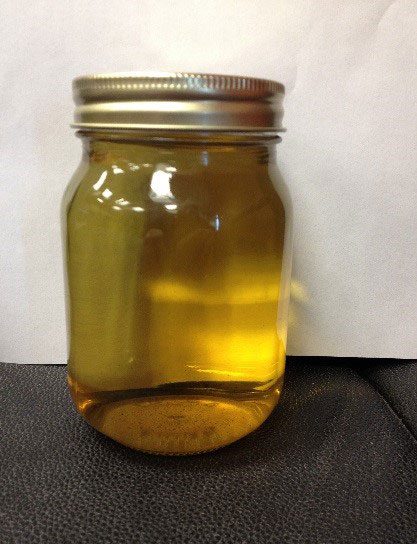
Humic Acid
Although humic acid and fulvic acid both belong to the humic family, their roles in soil and plants are completely different. Humic acid molecules are larger than fulvic acid. Humic acid can effectively improve soil structure, enhance water and fertilizer retention capacity, and promote healthy root growth; It can create a healthier soil growing environment for plants. Fulvic acid is a small-molecule, water-soluble substance that can easily penetrate plant cells, carrying essential minerals and nutrients. Its low molecular weight and high reactivity make it an excellent chelating agent, capable of binding with various metal ions (including iron, zinc, and manganese), allowing plants to better absorb these trace elements during growth. Simultaneously, fulvic acid can enhance plant resistance to abiotic stresses, ensuring yield and quality even under harsh conditions.
Conclusion
In summary, humic acid is very necessary for gardeners or farmers, just like a natural fertilizer. It plays an important role in turning soil into great soil and creating a great environment for your plants. However, humic acid is not a kind of fertilizer but just like a soil conditioner and a nutrient booster. Humic acid works with your regular fertilizing routine to make roots stronger, leaves greener, and plants better able to handle stress like drought. The best aspect is that it’s a safe, natural, and long-lasting way to make soil healthier.
Adding humic acid is an easy thing to do that will make a big difference, whether you’re growing flowers, vegetables, or grass. Give your plants the strong base they need and watch them grow stronger than ever.
FAQs About Humic Acid
Is humic acid safe for organic gardening?
Yes—humic acid is completely safe for organic gardening, and many products are OMRI-listed for certified organic use.
Can you use too much humic acid?
Humic acid is very safe, but applying more than the recommended rate won’t bring extra benefits and simply wastes money.
How often should I apply humic acid?
Apply humic acid at seeding or transplanting, then repeat every 2–4 weeks during the active growing season for best results.
What plants benefit most from humic acid?
All plants benefit, but it’s especially effective for vegetables, fruit trees, turfgrass, flowers, and crops grown in poor or sandy soils.


